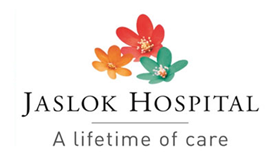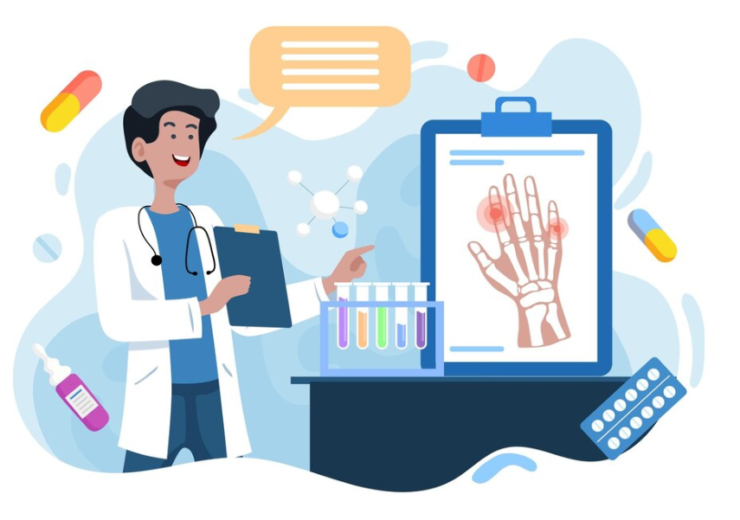Future Treatment Options in Exosome Therapy: Promise for Orthopedic Regeneration

Overview of Exosome Therapy
Exosome therapy is quickly being recognized as a ground-breaking method in orthopedic regeneration, providing cutting-edge approaches to improve tissue healing and restoration. The bioactive compounds contained in these nanoscale vesicles, which are released by cells, aid in intercellular communication and regulate multiple physiological processes. Exosome therapy in orthopedics has the potential to revolutionize musculoskeletal diseases therapies by offering a highly focused, cell-free substitute for conventional approaches as research in this area progresses.
Introduction to Exosome Therapy: Mechanism of Action

With its potential to cure a wide range of diseases—especially those related to orthopedic regeneration—exosome therapy is a relatively new field that has attracted a lot of attention. Cells secrete microscopic extracellular vesicles called exosomes, which are essential for cell-to-cell communication. These vesicles, which are nanoscale in size, include proteins, lipids, RNA, and DNA. These substances can be transported between cells and impact several physiological processes.
Biogenesis of Exosomes
The complex process of exosome formation starts inside the cell’s endosomal compartment.
The plasma membrane budding inward produces early endosomes at first, which develop into late endosomes. Intraluminal vesicles, which eventually develop into multivesicular bodies (MVBs), are created within these late endosomes through the inward budding of the endosomal membrane.
Exosomes are discharged into the extracellular environment when MVBs merge with the plasma membrane. Numerous molecular processes, such as the machinery of ESCRT (endosomal sorting complexes necessary for transport) and additional ESCRT-independent routes, govern this intricate process.
It is essential to comprehend exosome biogenesis since it affects the makeup of these vesicles and, in turn, their therapeutic potential.
Role in Tissue Regeneration
Exosomes have become important participants in tissue regeneration because they provide a therapeutic strategy without the need of cells, which reduces many of the hazards involved in conventional cell-based therapies.
By regulating multiple cellular processes like proliferation, differentiation, and death, they aid in tissue healing. Particularly, mesenchymal stem cell (MSC)-derived exosomes have demonstrated exceptional promise for regenerative treatments for orthopedic healing.
Growth factors, cytokines, and microRNAs found in abundance in these exosomes are responsible for coordinating the renewal of bone, cartilage, and other musculoskeletal tissues. To produce an environment that is favorable for tissue repair, they can, for example, increase the proliferation and differentiation of osteoblasts and chondrocytes and modulate the immune response.
Future Directions in Exosome Therapy

Exosome therapy in orthopedics regeneration has a bright future ahead of it, full of cutting-edge possibilities. This section examines some of the most promising avenues, including personalized medical techniques, the integration of exosomes with biomaterials, and the commercial and regulatory factors that will influence the sector.
Innovative Applications
Exosome therapy in orthopedics has the potential to completely transform orthopedic regeneration thanks to a number of cutting-edge uses that increase both its effectiveness and scope.
Combining Exosomes with Biomaterials
The use of exosomes and biomaterials to make composite scaffolds for tissue engineering is one of the most interesting new advances.
These scaffolds can enhance the therapeutic effect of exosomes by distributing them in a controlled and sustained manner while also offering structural support. To encourage the regeneration of bone, cartilage, and tendon tissues, exosomes can be impregnated into hydrogels, biopolymers, and nanofibers.
This method not only helps the injured tissue’s mechanical characteristics but also fosters a bioactive environment that hastens the healing process.
Personalized Medicine Approaches
Exosome therapy is changing as a result of tailored medicine’s introduction.
Personalized exosome therapy has the potential to increase efficacy while reducing negative effects by customizing therapies to each patient’s distinct biological features. In order to return exosomes into the patient’s body, they must first be isolated from the patient’s own cells and subsequently altered or enriched with particular therapeutic chemicals.
Orthopedic care can now be treated more effectively and individually thanks to this customized technique that enhances the regeneration potential of exosomes and ensures compatibility.
Regulatory and Commercial Aspects
Navigating the regulatory and commercial landscape becomes critical as exosome treatment moves from research to clinical practice headed by our best doctors for orthobiologics treatment in Mumbai.
Pathways for Regulatory Approval
One of the most important steps in bringing exosome treatment from the bench to the patient is obtaining regulatory approval. Before authorizing novel medications, regulatory bodies like the FDA and EMA demand thorough proof of safety and efficacy.
Phased clinical trials are conducted after comprehensive preclinical research at the top hospital for orthobiologics in Mumbai. Standardizing the procedures for isolating and characterizing exosomes, guaranteeing the consistency and repeatability of the exosome preparations, and proving their safety profile are important factors to take into account.
To expedite the licensing process and enable the clinical implementation of exosome treatment, precise regulatory criteria must be developed.
Market Potential and Commercialization
Due to the growing number of musculoskeletal problems and the shortcomings of available treatments, exosome therapy has a significant commercial potential in regenerative treatments for orthopedic healing.
Developing scalable production techniques, improving the stability and shelf-life of exosome products, and forming strategic alliances for clinical research at the best orthobiologics treatment clinic in Mumbai and distribution are the main goals of commercialization initiatives.
To increase the accessibility of exosome-based medicines, companies are also investigating different business strategies, such as direct-to-consumer and partnership with our best orthobiologics doctor in Mumbai.
Thriving market share and propelling the adoption of exosome medicines will require strong intellectual property portfolios and well-timed regulatory clearances as the industry advances.
Current Research and Clinical Trials

With continual research and clinical trials at the best orthobiologics treatment clinic in Mumbai, expanding our knowledge and skills, the field of exosome therapy is changing quickly. This section summarizes current developments in the field of exosome research, including significant discoveries and novel approaches to separation and purification. It also highlights ongoing clinical trials related to orthopedic regeneration.
Key Findings from Recent Studies
Exosome treatment has been shown to be effective in orthopedic regeneration in a number of important investigations. Exosomes produced from MSCs, for example, have been demonstrated to increase tendon regeneration, boost cartilage repair in models of osteoarthritis, and stimulate bone healing in animal models of fractures.
These studies demonstrate how exosomes can control inflammation, promote angiogenesis, and improve progenitor cell proliferation and differentiation.
Furthermore, several proteins and microRNAs found in exosomes have been found to be essential to their regeneration properties by studies, providing prospective targets for boosting the therapeutic efficacy of these entities.
Recent Advances in Exosome Research
Exosomes are a subject of much greater awareness thanks to recent studies done by the best orthobiologics doctor in Mumbai that have shed light on their roles and possible use in regenerative medicine with exosomes.
Innovations in Exosome Isolation and Purification
Exosome quality and therapeutic potential are influenced by crucial processes like as isolation and purification. Methods that are more effective and scalable have been developed as a result of innovations in this field.
Common techniques include size-exclusion chromatography, ultrafiltration, and ultracentrifugation; however, emerging technologies like immunoaffinity capture and microfluidics are gaining popularity. Clinical-grade exosomes can be produced with greater purity and yield thanks to these sophisticated techniques.
Furthermore, in order to guarantee repeatability and consistency across various investigations and clinical applications, standardizing these approaches is crucial.
Preliminary Results and Observations
Clinical trials are now underway, but preliminary results are encouraging since they show that exosome therapy may improve orthopedic regeneration. For instance, early-stage studies have shown that exosome injections for osteoarthritis patients resulted in better outcomes, such as less pain and improved joint function.
Similarly, studies on bone regeneration have demonstrated that individuals with fractures recover more quickly and have more bone density. Based on these findings, it is possible that exosome therapy will replace or supplement current orthopedic treatments, providing patients with severe musculoskeletal disorders with new hope.
Ongoing Clinical Trials in Orthopedic Regeneration
Currently, a large number of clinical trials are being conducted to assess the effectiveness and safety of exosome therapy in orthopedic regeneration. The translation of preclinical discoveries into clinical practice depends on these trials.
Exosome therapy represents a groundbreaking approach in the field of orthopedic regeneration, offering innovative solutions to some of the most challenging issues in musculoskeletal health. With ongoing research and clinical trials, coupled with advancements in isolation and purification techniques, the future of exosome therapy is bright. As the field progresses, addressing regulatory and commercial challenges will be crucial for realizing the full potential of exosome-based treatments and making them accessible to patients worldwide. Discover the future of orthopedic regeneration with RNR Medicine, top hospital for Orthobiologics in Mumbai. Harnessing cutting-edge research and innovative treatments performed by the best doctors for orthobiologic treatment in Mumbai, RNR Medicine is dedicated to transforming musculoskeletal health and improving patient outcomes. Join us in leading the next generation of regenerative medicine with exosomes.





